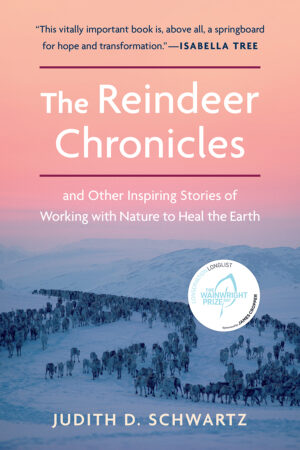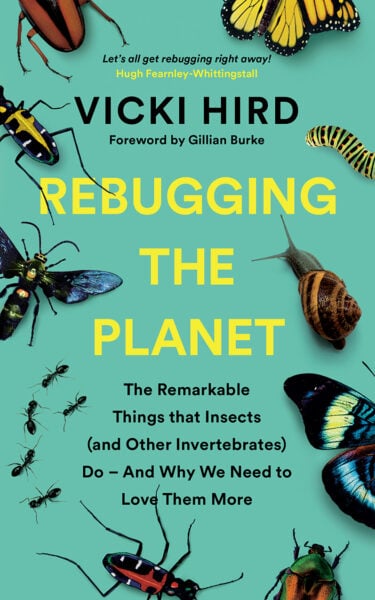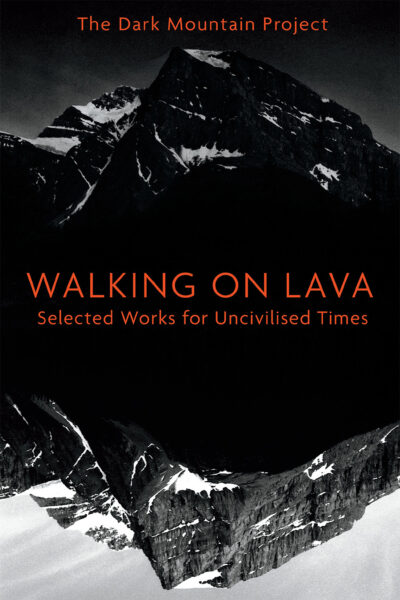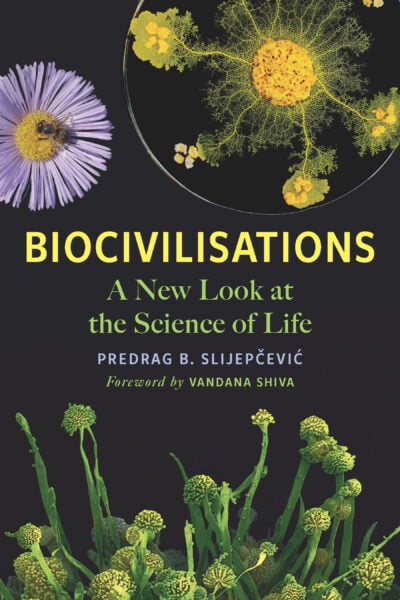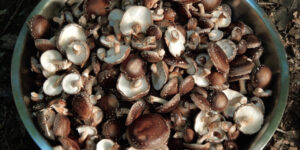Rewilding: Restoration by Letting Go
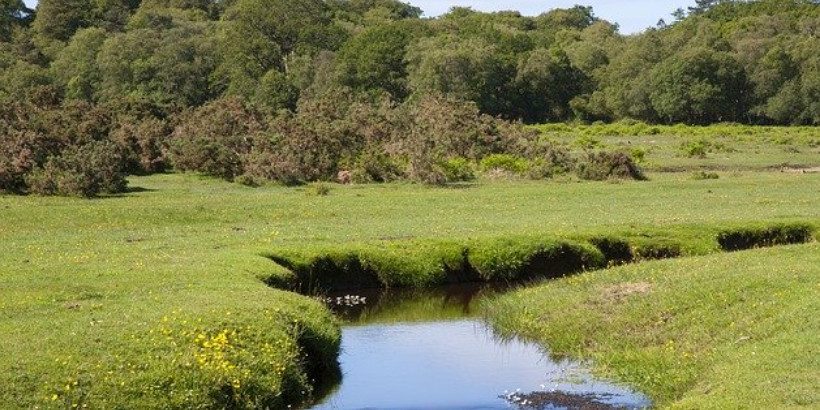
When it comes to revitalizing the environment, sometimes the best thing we can do is take a step back and let rewilding work its magic. Time and distance often feel like inaction on our part, but removing ourselves from the land is the one action we can take that allows nature the time and space it needs to heal itself.
Award-winning science journalist Judith Schwartz shares inspiring stories from a passionate group of eco-restorers who are following nature’s lead to help revitalize some of the most degraded places on earth—and succeeding.
The following is an excerpt from The Reindeer Chronicles by Judith D. Schwartz. It has been adapted for the web.
Frans Vera, is a Dutch biologist who claims that rather than closed-canopy forest, primeval lowland Europe was mostly savanna. He says that large herbivores like wild horses (tarpan) and cattle (aurochs) helped sustain a woodland-pasture system that was productive and diverse and allowed for sun-loving trees like oak and hazel to thrive. This challenges a long-held notion that in Europe ecological succession inevitably leads to dense forest.
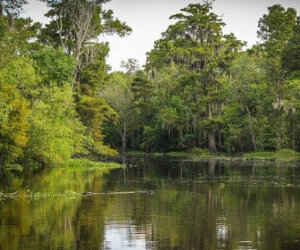 Vera is known for his rewilding experiment at Oostvaardersplassen, dubbed the “Dutch Serengeti,” in the Netherlands. In the 1980s he began bringing cattle, horse, and deer that best approximated their extinct, wild counterparts to a five-thousand-hectare (twelve- thousand-acre) tract of land east of Amsterdam. In many ways it has been a success. Birds, including rare raptors and marsh species, showed up, as did foxes and muskrats. Oostvaardersplassen became an attractive wetland preserve.
Vera is known for his rewilding experiment at Oostvaardersplassen, dubbed the “Dutch Serengeti,” in the Netherlands. In the 1980s he began bringing cattle, horse, and deer that best approximated their extinct, wild counterparts to a five-thousand-hectare (twelve- thousand-acre) tract of land east of Amsterdam. In many ways it has been a success. Birds, including rare raptors and marsh species, showed up, as did foxes and muskrats. Oostvaardersplassen became an attractive wetland preserve.
However, the hands-off management of herbivores led to dramatic population fluctuations. With mild winters, animal numbers grew. Harsh weather meant starvation and death. In 2018 there was a public outcry. People protested and brought in bales of hay, while Dutch state foresters culled animals so that they wouldn’t suffer.1 One complication is that Oostvaardersplassen was only partially wild: The site lacked large predators to manage the population of grazers. Currently beset by lawsuits, Oostvaardersplassen’s fate is unclear.
Still, Vera’s insights remain compelling and the reserve, which demonstrates interdependence among herbivores, trees, and wetland birds like geese, provides useful lessons. British author Isabella Tree was inspired by Vera’s work, and undertook a similar project at her Knepp Estate in West Sussex, which she describes in her book, Wilding.
In 1987 Tree’s husband, Charles Burrell, inherited fourteen hundred hectares (thirty-five hundred acres) of arable land, parkland, and historical buildings. The couple moved there to raise their children and set up a conventional grain and dairy farm. By 2000 they realized that it made no economic sense to continue farming conventionally, and they let the operation go. Two years later the property was returning to prairie conditions. She writes,
“The land, released from its cycle of drudgery, seemed to be breathing a sigh of relief. And as the land relaxed, so did we.”2
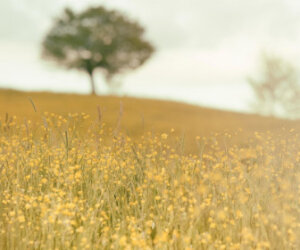 Tree and Burrell visited Oostvaardersplassen, invited Vera to observe their land, and decided to embark on a similar venture. They introduced several animal species, including Tamworth pig (proxy for wild boar), English longhorn cattle, Exmoor ponies (beautiful, with floppy bangs), and red, roe, and fallow deer. Between the presence of the animals and the absence of chemicals used to control livestock parasites, insect and bird life began to rebound: nightingales, turtledoves, skylarks, willow warblers; multiple species of bats and charismatic butterflies like purple emperors and fritillaries.
Tree and Burrell visited Oostvaardersplassen, invited Vera to observe their land, and decided to embark on a similar venture. They introduced several animal species, including Tamworth pig (proxy for wild boar), English longhorn cattle, Exmoor ponies (beautiful, with floppy bangs), and red, roe, and fallow deer. Between the presence of the animals and the absence of chemicals used to control livestock parasites, insect and bird life began to rebound: nightingales, turtledoves, skylarks, willow warblers; multiple species of bats and charismatic butterflies like purple emperors and fritillaries.
The revitalization of the land and the emergence of more bird, insect, and plant species continues to amaze Isabella Tree. She opens a 2018 5X15 talk with the soft cooing of turtledoves, noting that Knepp is the only place in England where their numbers are rising.3 She says bringing grazing (and rootling) animals onto the property was like
“injecting dynamism into a flat landscape. Suddenly there’s energy there again, and it’s like putting a glider up into the air. Extraordinary things start to happen. Things start to fly.”
One impediment to more widespread rewilding, she says, is the favored aesthetic in which everything, even nature, should be tidy, a preference that arises from people’s desire for control. We’ve grown up with this “Victorian corseted culture,” she says, adding, “We have to sit back and let nature be in the driver’s seat.” This includes learning to live with nature’s boom and bust cycles. She calls rewilding “restoration by letting go.” It is an exercise in learning to appreciate the hidden potential of our landscapes, she says, as well as an opportunity to “rewild ourselves.”4
Notes
- Patrick Barkham, “Dutch Rewilding Experiment Sparks Backlash as Thousands of Animals Starve,” U.K. Guardian, September 27, 2018, accessed January 23, 2020, https://www.theguardian.com/environment /2018/apr/27dutch-rewilding-experiment-backfires-as-thousands-of -animals-starve.
- Isabella Tree, Wilding: The Return of Nature to a British Farm (London: Picador, 2018), 43.
- Isabella Tree @5X15, May 2018, accessed January 23, 2020, https:// www.youtube.com/watch?v=4cug0KcTnXI.
- Isabella Tree @5X15.
Recommended Reads
Recent Articles
Chances are, you’ve seen cattails growing on the edge of your local lake or stream at least once or twice. Instead of just passing these plants, try foraging for and cooking them to create delicious seasonal dishes! The following excerpt is from The New Wildcrafted Cuisine by Pascal Baudar. It has been adapted for the…
Read MoreGarlic mustard: while known as “invasive,” this plant can be consumed in its entirety and has great nutritional value. Plus, the garlic-flavor is a perfect addition to any recipe that calls for mustard! The following are excerpts from Beyond the War on Invasive Species by Tao Orion and The Wild Wisdom of Weeds by Katrina…
Read MorePeregrine falcons, while known as predators, are essential to our environment. These stunning birds have a rich history, an interesting present, and an uncertain future. The following is an excerpt from Feather Trails by Sophie A. H. Osborn. It has been adapted for the web. Who Are Peregrine Falcons? Though relatively uncommon wherever it occurs,…
Read MoreWondering where to forage for greens this spring? Look no further than hedges, which serve as natural havens for wild greens and herbs! The following is an excerpt from Hedgelands by Christopher Hart. It has been adapted for the web. Food from Hedges: Salads and Greens Let’s start by looking at all the wild foods…
Read MoreInterested in becoming a mushroom farmer? Shiitake mushrooms are one of the easiest and most profitable places to start. The following is an excerpt from Farming the Woods by Steve Gabriel and Ken Mudge. It has been adapted for the web. (Photographs courtesy of Steve Gabriel and Ken Mudge unless otherwise noted.) The Stunning Shiitake…
Read More

